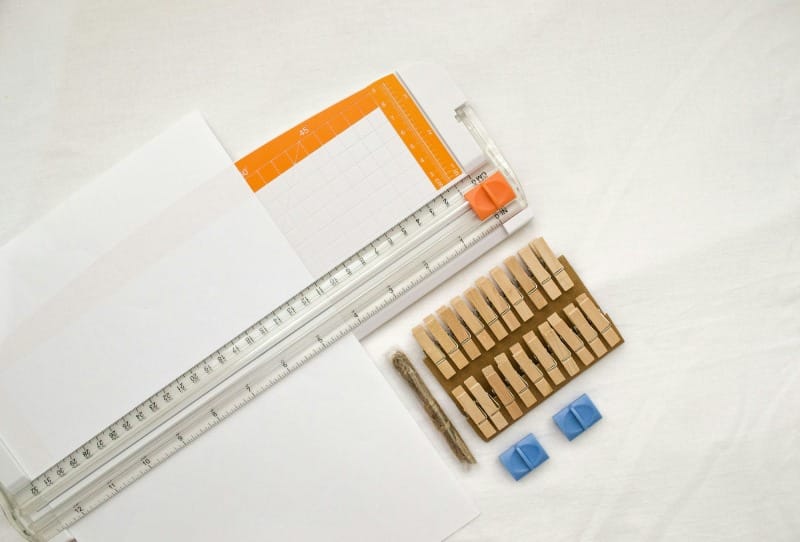There are many aspects involving Web Sustainability and in this post I will provide a high-level overview of the current state of Web Sustainability, without going into much detail yet. We can deep dive into the different topics later.
Climate change
The impact of the Information Technology (IT) sector on climate change is enormous. Not many people are aware that this sector is responsible for 4% of the entire carbon emissions on the entire planet, and this is continuing to grow. This is more than the aviation industry. And to put this in even more perspective: if the Internet was a country, it would be the fourth-biggest polluter on the planet.
Carbon emitters
It is not always the software or application itself that is directly responsible for carbon emissions, there are many factors. To keep things simple, we can put these in four main categories.
Data centers
Online software needs server hardware. And there is a lot of server hardware in data centers all around the globe. This is where most carbon emissions take place, since data centers consume most energy.
Networking
To transmit data, such as from a data center to your phone, a network is required. This network includes components like internet providers, routers, fiber optic cables, and cell towers, among other things.
Software
The software running on servers (databases, web APIs, etc.) and client devices (websites, native apps, etc.) falls under this category.
Software has the potential to influence the other categories, since it can control how things behave. For example, software can be programmed to schedule resource-intensive processes, until sufficient green energy is available. Or it can shut down servers when there is less traffic on a website during the night.
Client devices
This category contains all the client devices such as mobile phones, laptops, smart TVs and of course, smart dishwashers.
How to measure it
Measuring is maybe the greatest challenge at this point. While it is relatively easy to measure the overall energy usage of a server, determining the energy consumption and carbon emissions of specific applications is a lot harder.
And this is just one link in the chain. Data must also be transmitted over the wire through the network, and client devices must run the software using that data. These all use electric energy, and therefore emit carbon.
Measurement tools
There are a few initiatives that try to define methods or standards to measure these things.
One of which is the Software Carbon Intensity (SCI) standard, which gives an actionable approach to measure the carbon impacts of their systems.
Moreover, Carbon Hack 2024 just started, the annual hackathon from the Green Software Foundation — in which this year's edition the focus is on the Impact Framework, an innovative open-source project that assesses software's environmental impacts.
CO2.js is a JavaScript library by The Green Web Foundation that allows developers to estimate the emissions associated with their apps, websites, and software. You can use different models (such as OneByte's or Sustainable Web Design's) to calculate digital carbon emissions.
Green software
As stated before, software could be the key to creating a greener, more sustainable web. Not only because it has all the control over itself (the application), but can also have great influence on how servers behave or processes are scheduled.
Software that is made with sustainability in mind or — even better — is actively aware of acting sustainably may be called green software.
In the browser
The World Wide Web Consortium (W3C) develops standards and guidelines to help everyone build a web based on the principles of accessibility, internationalization, privacy, and security.
A few weeks ago, W3C released a draft version of the Web Sustainability Guidelines (WSG). This is a crucial milestone in raising more awareness in the web community.
The future
Climate change and sustainability are increasingly becoming larger topics for individuals and businesses. While businesses strive to send out the right message, the challenge lies in the fact that there might not be immediate business value solely in making software “more sustainable”.
However, a well-performing application does give a lot of business value. In the end, well-performing software and green software are not so different.
To create a better future, we need to shift our mindset and prioritize the development of green software, with the understanding that well-performing software naturally follows as a positive side effect.
I believe that a certification system, such as the ISO certificates on security and privacy, would be very beneficial. Such a certificate would recognize and validate sustainable practices in software development.
What you can do
Besides all the practical things you can do, is raise awareness with the people in your network.
Without getting into much detail for now, you can start looking into these things:
- Host your application with a green hosting provider (oops, this site isn't… yet! 😅)
- Test how green your site is, using Website Carbon Calculator
- Think about data usage and performance on in your application
- Read the Green Software Practitioner at the GSF
If you enjoyed reading this, please subscribe to stay updated. I would appreciate your feedback or requests on topics in the comments below. As a new content creator, I have much to learn, but I already have several exciting ideas to keep things interesting. I aim to post something at least once a week, as time allows.







